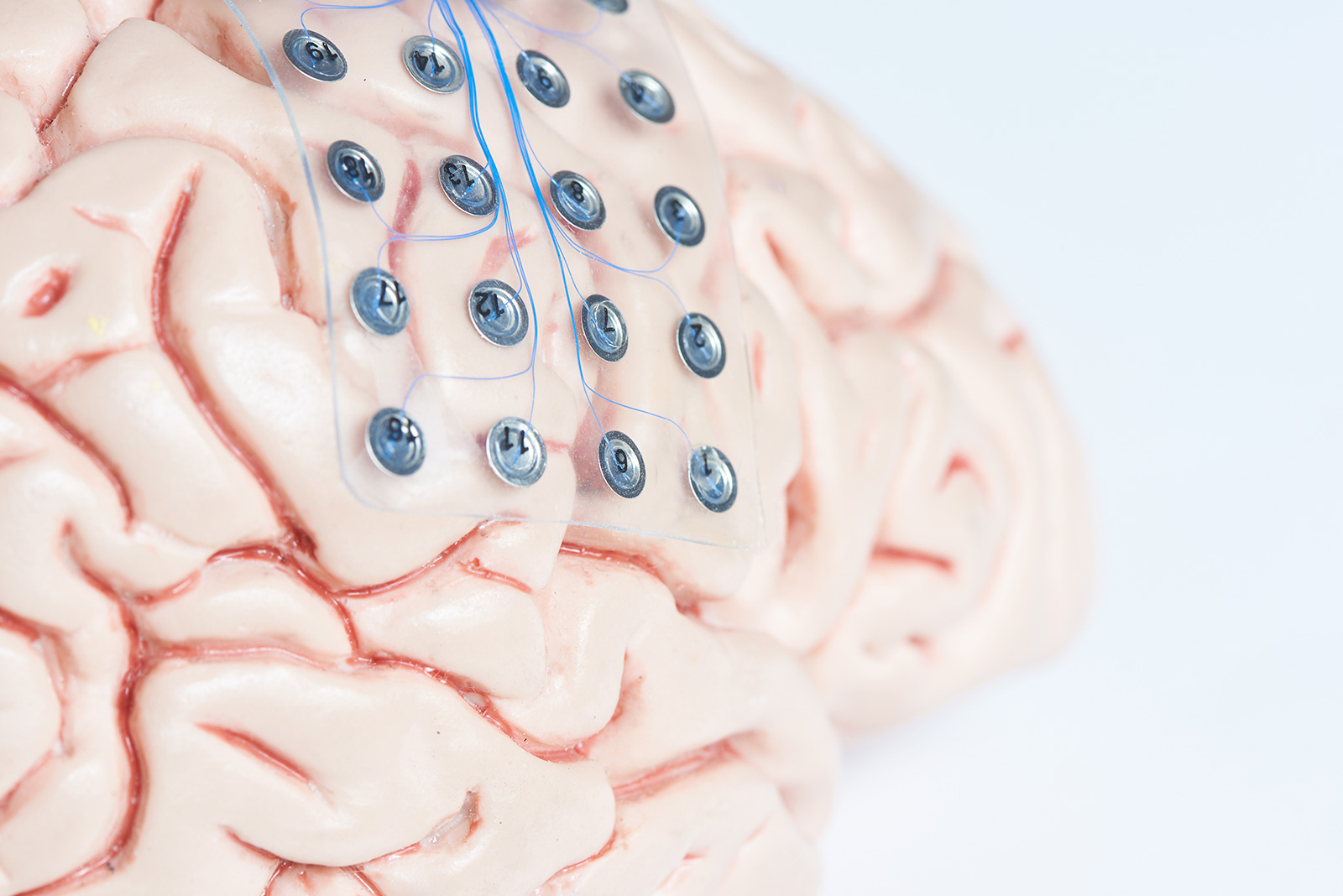Scientists at Stanford have developed a brain implant that allowed a man with paralyzed hands to “type” words just by thinking them. The group originally published its work in Nature in May, with a full presentation released at a recent science teleconference called the WE Summit.
According to the findings, the man was able to type up to 90 characters per minute. This is a big improvement over past implants. Previous options have relied on the patients using their thoughts to move cursors to specific characters on a digital keyboard. With this new implant, people would be able to freely type and communicate via text by simply thinking about the words that they want to use.
New brain implant uses attempted handwriting movements to write text

One of the main focuses of brain-computer interfaces (BCIs) is to restore basic motor skills such as talking and moving to people who have lost those abilities. With this new implant, scientists are trying to build off of that idea by using an intracortical BCI that decodes the handwriting movements and neural activity in the motor cortex. The implant then takes that information and translates it to text in real-time. Essentially, it allows the person with the implant to think about writing a letter or word. That letter or word is then translated into text, allowing for quick communication from the user.
When tested, the implant was able to achieve a 94.1 percent raw accuracy when online. It was also able to deliver 99 percent accuracy when offline. This number is comparable to the typical smartphone typing speeds of individuals in the age group of the test’s participant.
“When we really understand the brain through neuroscience in the coming decades, we should be able to do much better in a wider variety of tasks,” Krishna Shenoy, a neuroscientist and engineer, said during the WE Summit (via the South China Morning Post).
We’ve already seen brain implants allowing blind users to see shapes. Shenoy believes that these findings are just the “tip of the iceberg”. With more testing and engineering, the implants they use could provide even stronger results.
Will implants be available in the future?

Of course, even with such amazing results, the safety of such implants is a major roadblock to bringing BCIs to the masses.
Shenoy says that the method that scientists currently use has proven to be safe for individuals. However, to commercialize the implants, scientists will need to safely insert more electrodes in the brain. Additionally, surgery will need to become more affordable, as neurosurgery is currently very expensive.








